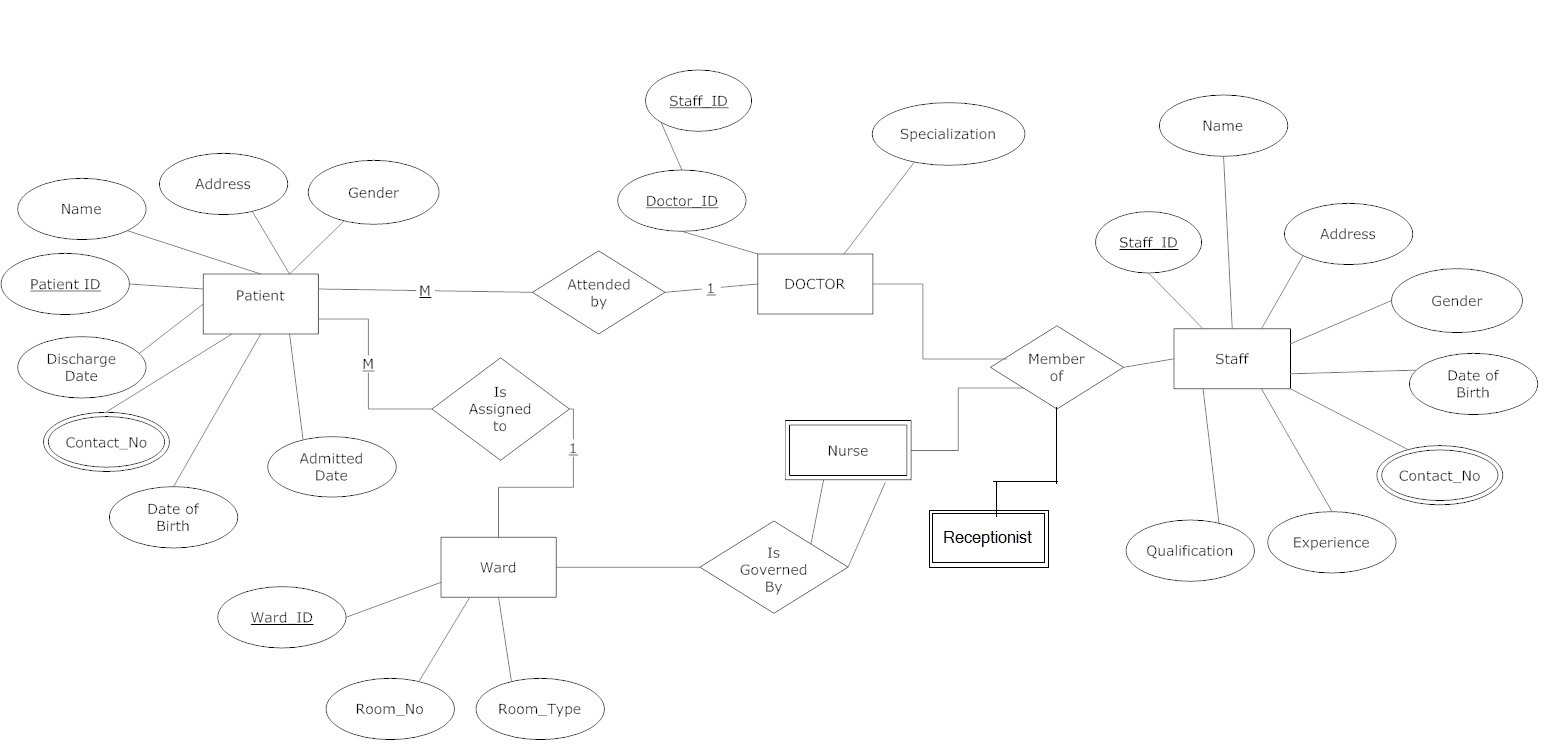Overview
Medical mistakes are common occurrences in the healthcare industry, which impact the quality of healthcare negatively. If causes of frequent medical mistakes in healthcare facilities are not identified, then they would continue to affect the provision of healthcare. In the US, loss of lives as a result of medical mistakes has been on the increase (Allen, 2013).
The health information system proposed in this paper will significantly reduce the number of mistakes in the healthcare industry. It will achieve this by identifying sources of clinical mistakes. Also, the system will sound an alarm when mistakes happen and give solutions.
Similar health information systems exist in the healthcare industry. For example, some systems are designed to communicate laboratory results across departments, but they do not sound alarms when abnormal values are entered. However, the proposed product will be an excellent system that will link all the hospital departments and/or sections and ensure that activities of personnel are tracked to reduce the number of medical mistakes. The users of the system will be healthcare providers and the product will have a broad scope, which will cover an entire hospital facility.
Requirements
The system will require specific components so that it would be implemented (Laudon & Laudon, 2011). For example, the end-users will be required to know the basic operations of computer systems and how various parts of a health information system communicate with each other. Also, healthcare providers will be expected to be aware of basic troubleshooting processes.
There will be the main server that will be coordinating all communication events across the departments. Also, several computers will be used in hospital sections, which will be connected to the server using a local area network. Customized software will be obtained from a competent software developer. The functional requirements of the product will enable it to communicate with patients, healthcare managers, and healthcare personnel (Laudon & Laudon, 2011).
Design
The English language will be used to design communication of the system since it is used by most people across the world. The following operating systems may be used to support the operations of the product: Windows 7, Windows XP, and Vista. They will be selected because they would be stable in computer systems. MySql database will be utilized to store data in the health information system because it organizes data in a sequential way to allow retrieval (Laudon & Laudon, 2011). The data structures will be organized through the use of Oracle, which will help to organize and display patients’ data. The following figure depicts the ER diagram of the proposed system.

The main modules of the system will be as follows:
- Patients’ module: This module will support patients’ data. The data will include personal details like names, phone numbers and home address. The module will allow data editing and updating.
- Doctors’ module: The module will help to monitor daily schedules of doctors. It will also allow cancellation or addition of duties. In addition, it will provide personal details of doctors like names, area of specialization, phone numbers, and years of experience.
- Laboratory tests’ module: This module will support the transfer of laboratory results from the laboratories to doctors and to the main server. It will also alert the patient when his or her results are concluded.
- Appointment scheduling module: Appointments will be supported by this module. An appointment will be marked by specific attributes like the date, time, healthcare provider, and the department.
References
Allen, M. (2013). How Many Die From Medical Mistakes in U.S. Hospitals? Web.
Laudon, K. C., & Laudon, J. P. (2011). Essentials of management information systems. Upper Saddle River, NJ: Pearson.